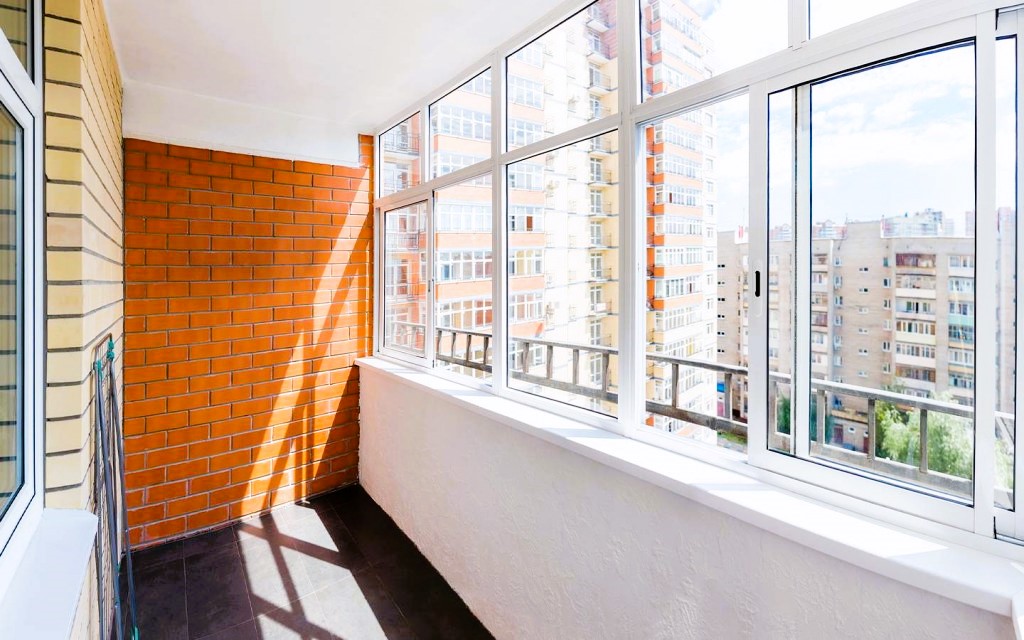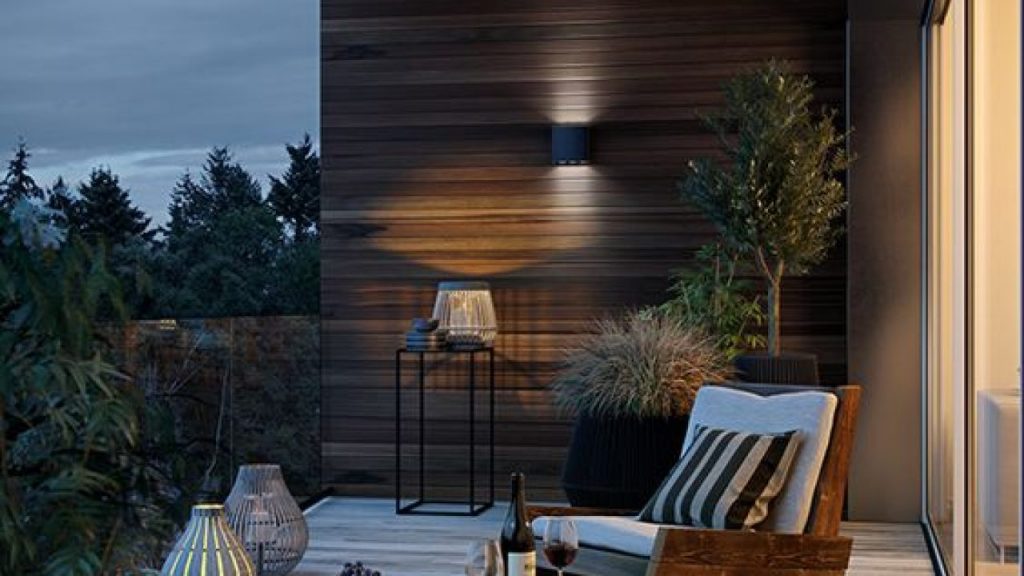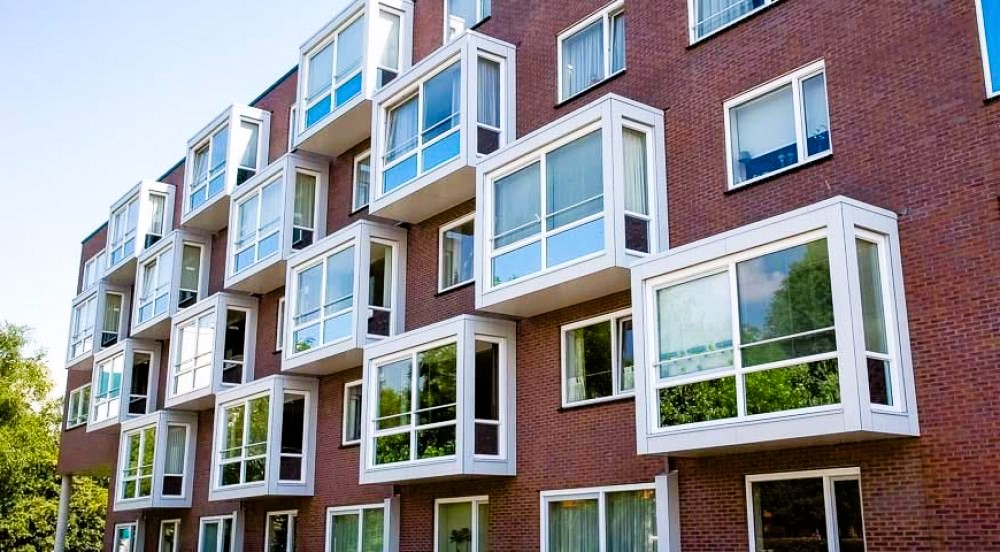When it comes to outdoor spaces, balconies and loggias are two common features found in many homes. While they may seem similar, there are some key differences between the two. In this article, we’ll explore the main differences between a balcony and a loggia to help you understand which one might be the best fit for your home.
Definition
A balcony is a platform that extends from the wall of a building, usually located above the ground floor. It is typically supported by brackets or cantilevered from the building’s structure. A balcony is typically open on one or more sides and is usually used for outdoor seating or for decorative purposes.
A loggia, on the other hand, is a covered outdoor space that is typically located on the ground floor of a building. It is supported by columns or arches and is often open on one or more sides. Loggias are typically used for outdoor living and dining areas.

Construction
Balconies are typically constructed from a variety of materials, including concrete, steel, and wood. They may be attached to the building’s exterior or cantilevered from the structure. Some balconies may be enclosed with glass or other materials to provide additional protection from the elements.
Loggias are typically constructed from masonry or concrete and are supported by columns or arches. They may be partially enclosed with screens or curtains to provide additional privacy or protection from the elements.
Location
Balconies are typically located on upper levels of a building and are accessible from inside the building, usually through a door or window. They may be attached to bedrooms or living rooms, providing a private outdoor space for residents.
Loggias, on the other hand, are typically located on the ground floor of a building and are accessible from the outside. They may be attached to a patio or garden, providing a seamless transition between indoor and outdoor living spaces.
Usage
Balconies are typically used for outdoor seating or for decorative purposes. They may be outfitted with furniture, plants, and other decorative elements to create an inviting outdoor space.
Loggias, on the other hand, are typically used for outdoor living and dining areas. They may be outfitted with furniture, a dining table, and other outdoor appliances to create a comfortable and functional outdoor living space. Ready to upgrade your home’s windows? Check out our article on choosing the right design for tips and inspiration.
Conclusion

In conclusion, while balconies and loggias may seem similar at first glance, there are some key differences between the two. Balconies are typically located on upper levels of a building, are usually open on one or more sides, and are used primarily for outdoor seating or for decorative purposes. Loggias, on the other hand, are typically located on the ground floor, are supported by columns or arches, and are used primarily for outdoor living and dining areas. Understanding these differences can help you choose the right outdoor space for your home.
In addition to the differences outlined above, there are some other factors to consider when choosing between a balcony and a loggia. One important consideration is the climate in your area. If you live in an area with harsh weather conditions, such as high winds or heavy rain, a loggia may provide more protection from the elements than a balcony.
Another factor to consider is the size and layout of your home. If you have limited outdoor space, a balcony may be a more practical choice than a loggia, as it requires less square footage. On the other hand, if you have ample outdoor space, a loggia can provide a spacious and comfortable outdoor living area for you and your family to enjoy.
It’s also important to consider the orientation of your home and the amount of natural light each outdoor space receives. Balconies located on the north or east side of a building may receive less sunlight than a loggia located on the south or west side. This can impact how you use and enjoy the space throughout the day.
Ultimately, the choice between a balcony and a loggia will depend on your personal preferences and the specific needs of your home. By understanding the differences between these two outdoor spaces, you can make an informed decision and create a beautiful and functional outdoor area for your home.

